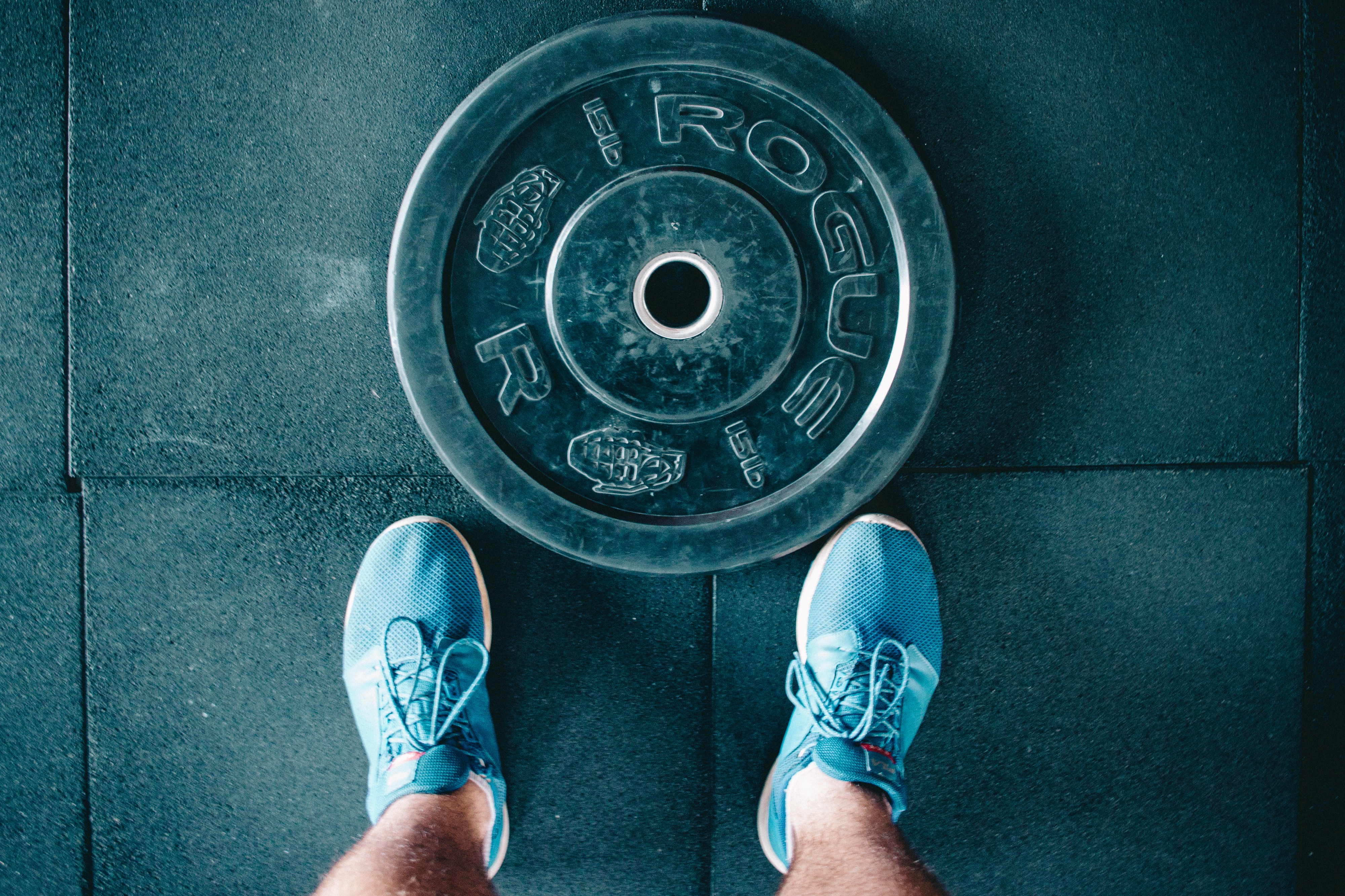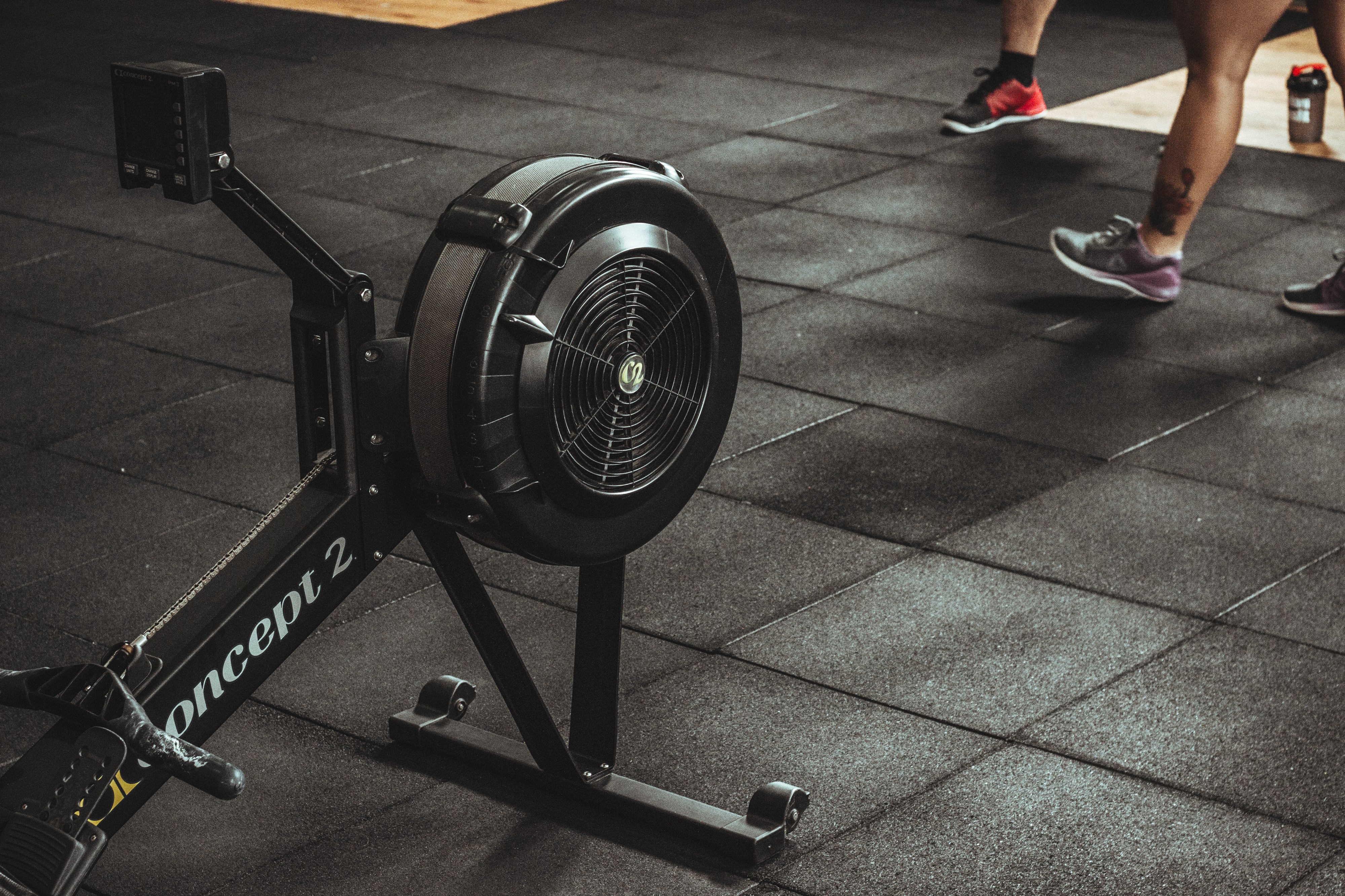
Body transformation is a very simple process. It is not easy but it is simple.
What holds back a lot of people from getting consistent results is that they make things way too complicated. They come from a belief that there is a complex road to the goals they set out.
This breeds frustration and people eventually give up on their bodies.
If you want to do GREAT things, you need to do FEWER things.
My job here is to simplify things for you.
It?s to give you the bare bones information you?ll need to get into your leanest, most optimal, peak performing body.
Hence, The Rule of 3.
The Rule of 3 is a simple process that I have used for myself and for my own clients to get ourselves into the shape that we desire to be in.
It has nothing to do with magic, potions or supplements.
It has everything to do with science and predictability.
It is a simple process that you can use to get your physique transformation goals on track or even re-started.

Rule #1 ? Eat ONLY 3 meals a day
The latest research shows one to three meals produce a higher fat burn effect than four to six (1).
Other studies find fewer meals also make you fuller (2).
From my own experience working with clients I?ve found that eating 3 meals a day (or less) has two benefits:
Benefit #1 ? It gives you better hunger control.
It seems counterintuitive but the less meals you eat the greater your control of hunger. This coupled with a consistent feeding schedule helps put your hunger on autopilot where you dictate when you get hungry (instead of the other way around).
Benefit #2 ? It?s an easy way to limit calories from coming into your body.
It?s no secret that snacking is making people fat at an epic scale. The only reason I would get anyone to eat 5 meals or more would be if they were an professional athlete or if they wanted to get bigger.
Eating 3 meals a day is a starting point for most my clients. When they go on it they soon find that they may like eating 2 meals a day (or less) as a result.
The hard truth is we don?t need to be fed as much as we?re feeding ourselves and the less meals we have to work with the easier your diet is.

Rule #2 ? Do 3 Workouts a Week
Our bodies respond better to less time in the gym ? not more.
You don?t need to spend hours in the gym 6 days per week. In fact, if you do this amount of of time in the gym it will be unproductive.
The reason is, your body isn?t able to know the difference between all of the stresses you place upon it. Whether it?s stress from your work, spouse, job or the physical stress in the gym you must understand: Stress is still stress.
Working out in the gym only becomes beneficial if you can recover from it and one of the simplest ways to do this is with a schedule of 3 days a week at 45 minutes each session.
The secret here is to be as highly effective and efficient as possible in your workout as humanly possible. This means incorporating big compound exercises into your workouts with a little twist (more on this later)
Just like keeping ourselves to 3 meals a day, keeping ourselves to 3 workouts a week simplifies things and forces us to focus on the BIG ROCKS of body transformation.
Most importantly, it helps manage the stress of working out and allows your body plenty of time to recover so it can get more gains.

Rule #3 ? Do 3 Exercises Per Workout
Focus on 3 exercises per workout and do them at full intensity.
Use the foundational exercises like these?
- Squat
- Bench Press
- Deadlift
- Overhead Press
- Hip Thrust
- Chin up
- Back Row
?to guide your workout programming.
And get stronger at each one of them. Track your workouts and focus on getting as strong as humanly possible in these movements.
As our bodies age, it is not more cardio we need but more STRENGTH because of the benefits it brings.
5 Reasons to Focus on Strength In the Gym
#1 ? Makes living life easier
Getting stronger increases your work capacity and improves your ability to perform ?Activities of Daily Living? (ADL).
#2 ? It promotes fat free body mass
Lean muscle decreases with age. The less muscle you have the harder it is to live your physical life at an optimal level.
#3 ? It improves bone density
This prevents injuries and osteoporosis as you get older.
#4 ? It increases your connective tissue strength, muscles and tendons.
This leads to improved motor performance and decreased injury risk.
#5 ? It improves overall quality of life.
Getting stronger helps with managing your weight, making your move better, getting stronger (obv) and makes you a better lover.
Getting stronger in the gym is an investment in your future health and wellbeing. Aside from working on your mobility, it is the one activity in your life that pays big dividends in the short term and long term.
All you need is to focus on 3 exercises for every workout and getting stronger at all 3 of them on a consistent basis. It?s that simple.
Summary
Now you have 3 rules that make body transformation simple and effective.
I must repeat that the less you do the better your results will be in the end because you really do not need that much to get in shape.
Yes, there are nuances to following these rules but, in general, this is a good set of guidelines for those looking to simplify their body transformation efforts.
So, if you?re stuck in the mud and trying a thousand different things while getting nowhere?
Simplify your life and start with these 3 rules right now.
Dan
References
- Quatela, A., Callister, R., Patterson, A., & MacDonald-Wicks, L. (2016). ?The Energy Content and Composition of Meals Consumed after an Overnight Fast and Their Effects on Diet Induced Thermogenesis: A Systematic Review, Meta-Analyses and Meta-Regressions.? Nutrients, 8(11), 670.
- Ingves, S., Vilhelmsson, N., Strm, E., Fredrikson, M., Guldbrand, H., & Nystrom, F. H. (2017). ?A randomized cross-over study of the effects of macronutrient composition and meal frequency on GLP-1, ghrelin and energy expenditure in humans.? Peptides, 93, 20?6.


